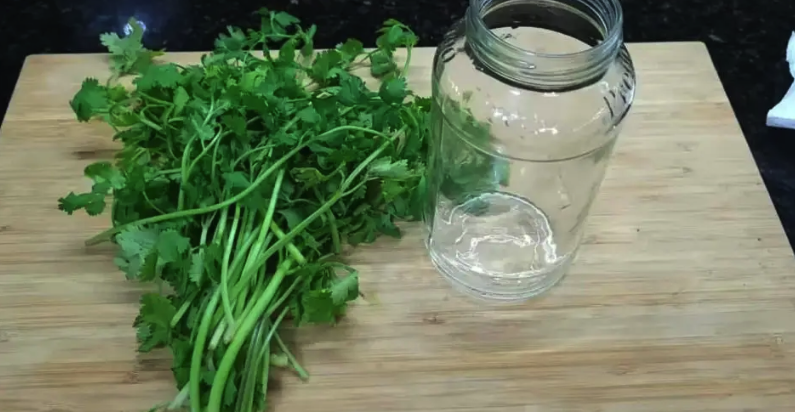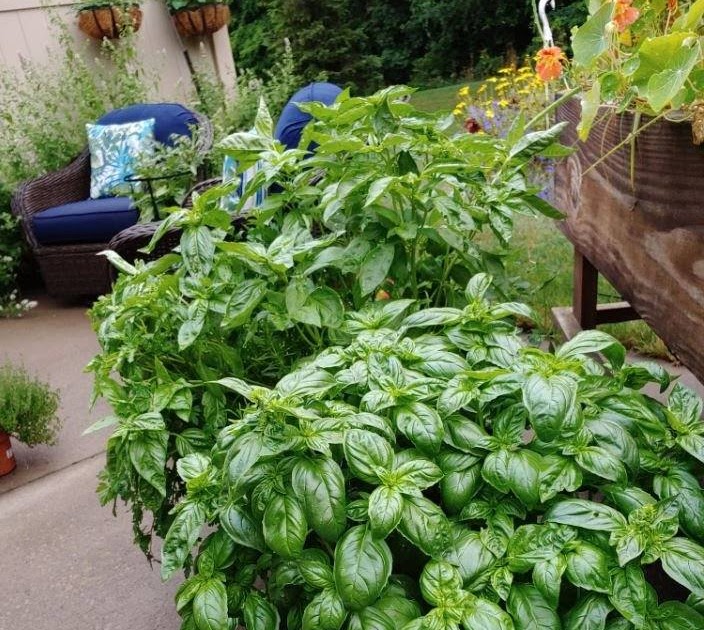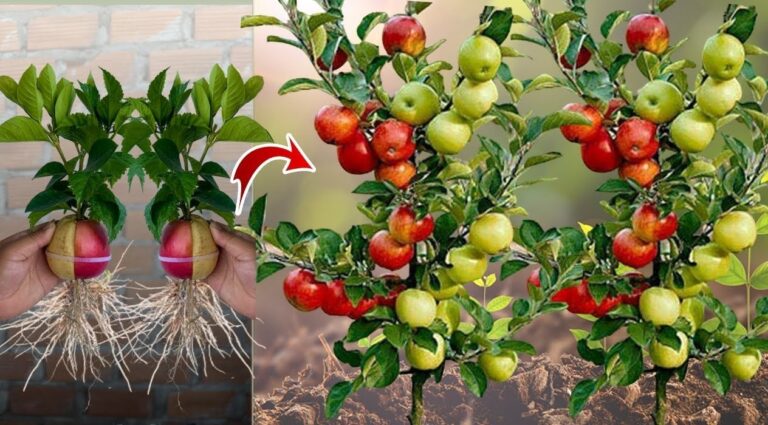How to Store Parsley and Keep It Fresh for a Year: The Chef’s Method
How to Store Parsley
See how easy it is to prepare, I will show you the step-by-step process and all the ingredients to make this delicious recipe. I guarantee you will add this to your favorites; there’s no way to go wrong. Just follow the preparation method below and everything will turn out perfect. There won’t be any leftovers once people see it on the table; it’s love at first bite. If you want to add your own touch and make it even tastier, let us know in the comments what you did so everyone can try it too. Thank you for visiting our site.
Parsley is widely used in cooking, but how to store it properly so it lasts a long time? We reveal it to you.
Chefs use a trick that allows them to preserve parsley for over thirty days. Let’s see what it is.
Parsley: Uses in Cooking
Parsley is a very commonly used aromatic herb in cooking. It has a distinct flavor and several beneficial properties. It adds a touch of freshness and aroma to dishes and is used in various culinary preparations across different cultures.
Mainly used to flavor various recipes like soups, sauces, salads, dressings, and many other dishes, parsley adds a fresh, herbaceous flavor that can enhance the overall taste of food.
Additionally, the leaves are often used as a garnish to enrich the presentation of dishes, adding color and a touch of elegance. Rich in essential vitamins and minerals, parsley is a good source of vitamin K, vitamin C, vitamin A, iron, and folate. It is also high in antioxidants and has diuretic properties.
Not to mention, the herb contains plant compounds that may have anti-inflammatory and antioxidant effects. Some research suggests that consuming parsley can help improve digestion, support heart health, and aid in weight loss.
That’s why a good quantity of parsley should always be present in our kitchens. But how to keep it fresh and store it properly? We reveal the chefs’ secret.
How to Store Parsley
The first thing to do is wash the parsley with water. During this process, you will remove leaves and stems that appear dry or damaged. After washing the parsley, spread it to dry on two sheets of paper towel.
Fill a jar halfway with water, preferably a glass jar, as it helps preserve food better. At this point, as if they were cut flowers, immerse the parsley stems in the jar. Then, cover the tops with a plastic freezer bag. Secure the plastic bag with a rubber band that goes over the jar.
With scissors, cut the two outer sides of the bag to let air circulate. At this point, you can place the glass jar with parsley in the refrigerator. The ideal position, of course, will be the one dedicated to bottles, on the inner door of the fridge.
If there is not enough space in the fridge, another way to make parsley last is to place it already chopped in a glass jar. Before sealing the jar, place a sheet of paper towel between the lid and the opening. The jar can be placed in the fridge, preferably upside down.
How to Transform a Regular Recipe into a Healthy and Nutritious One?
Transforming a common recipe into a healthy one might seem challenging, but there are some simple substitutions you can make to make your recipes healthier and more nutritious.
One of the first things you can do is substitute white flour with whole wheat flour or oat flour. These flours have more fiber and nutrients than white flour, making them healthier and more filling.
If the recipe calls for whole milk, you can substitute it with skim milk or almond milk. Whole milk has more fat and calories than skim milk, and almond milk is a lactose-free option for those with intolerance.
Another simple substitution is replacing sugar with natural sweeteners like honey or brown sugar. These sweeteners are healthier than refined white sugar because they contain more nutrients and have a lower glycemic index.
If the recipe calls for oil or butter, you can substitute it with coconut oil or olive oil. These oils are healthier and contain good fats for the body.
For recipes that require gluten, you can use rice flour, almond flour, or chickpea flour. These flours are gluten-free alternatives and can be used to replace wheat flour in many recipes.
Finally, adding more vegetables and fruits to the recipe can make it healthier and more nutritious. Try incorporating more greens into soups and stir-fries, and adding fresh fruits to desserts or smoothies.
Remember, making small changes to your favorite recipe can make it healthier and more nutritious. Try these simple substitutions to enjoy a healthy and tasty meal.







